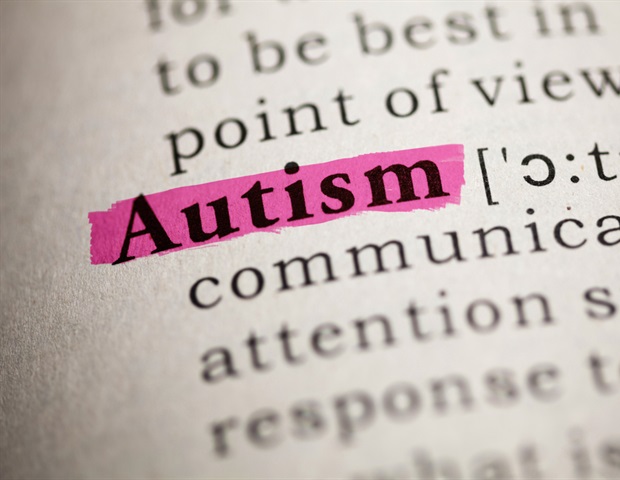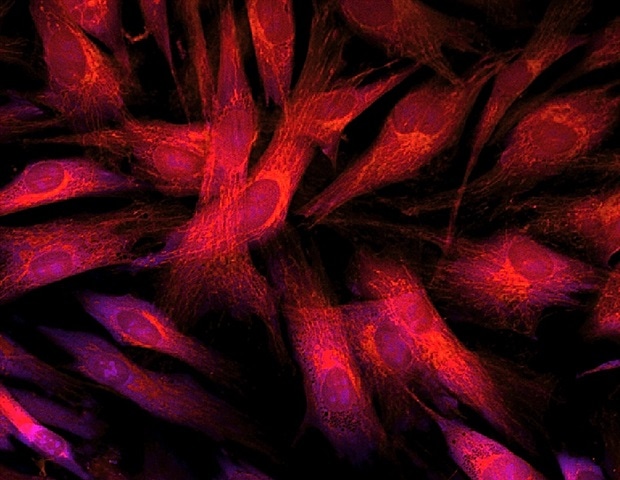
New autism diagnoses tend to be clustered within specific NHS service regions, suggesting that where an individual lives may influence whether they receive an autism diagnosis and access to special education needs support.
The latest findings, from researchers from the University of Cambridge in collaboration with researchers from the London School of Economics and Political Science and Newcastle University, are published today in the Lancet Child & Adolescent Health.
After analyzing all new autism cases across England using NHS health service boundaries for possible hotspots, some areas stand out. For example, 45.5% of the NHS Rotherham catchment area had higher-than-average new autism diagnoses clusters. For NHS Heywood, this amounted to 38.8% of its catchment area and 36.9% for NHS Liverpool, pointing at a possible health service effect towards who receives an autism diagnosis.
The research team used four years’ worth of data from the Summer School Census, which collected data from individuals aged 1-18 years old in state-funded schools in England. Of the 32 million pupils studied, more than 102,000 new autism diagnoses were identified between 2014 and 2017.
After adjusting for age and sex, the researchers found that one in 234 children were given a new autism diagnosis during that four-year period. New diagnoses tended to happen when children are transitioning to a new school, whether that was into nursery (1-3 years), primary school (4-6), and secondary school (10-12 years).
Particular communities appeared to have different rates, varying by ethnicity and deprivation.
Autism diagnoses are more common among Black students and other minority ethnic groups. Why this is the case is not clear and so we need to explore the role played by social factors such as ethnicity and area deprivation as well as the nature of local services.”
Dr Andres Roman-Urrestarazu, Lead Researcher, Department of Psychiatry and Cambridge Public Health, University of Cambridge
The likelihood of receiving an autism diagnosis more than tripled among girls depending on their ethnicity and social and financial situation compared to white girls without financial disadvantages who speak English as their first language.
In contrast, boys’ likelihood of receiving an autism diagnosis increased more than five-fold depending on their ethnicity and social and financial situation compared to white boys without financial disadvantages who speak English as their first language.
Boys and young men are already known to be more likely to receive autism diagnoses, but the social determinants that could affect a diagnosis remained an open question.
Dr Robin van Kessel, co-lead researcher from the Department of Health Policy at the London School of Economics and Political Science said: “These new findings show how social determinants interact and can combine to significantly increase the likelihood of an autism diagnosis. As a result, individuals from a minority ethnic background experiencing economic hardship may be significantly more likely to receive an autism diagnosis that their peers.”
Professor Carol Brayne from Cambridge Public Health said: “There are clear inequalities in an individual’s likelihood of receiving an autism diagnosis, whether they are socioeconomic factors, ethnicity or even which NHS region or local authority someone lives in.”
This work was supported by the Commonwealth Fund Harkness Fellowship, Institute for Data Valorization, Fonds de recherche du Québec-;Santé, Calcul Quebec, Digital Research Alliance of Canada, Wellcome Trust, Innovative Medicines Initiative, Autism Centre of Excellence at Cambridge, Simons Foundation Autism Research Initiative, Templeton World Charitable Fund, Medical Research Council, NIHR Cambridge Biomedical Research Centre, and the NIHR Applied Research Collaboration East of England-;Population Evidence and Data Science.
Source:
Journal reference:
Roman-Urrestarazu, A., et al. (2022) Autism incidence and spatial analysis in more than 7 million pupils in English schools: a retrospective, longitudinal, school registry study. The Lancet Child & Adolescent Health. doi.org/10.1016/S2352-4642(22)00247-4.

 PARENTING TIPS
PARENTING TIPS







 PREGNANCY
PREGNANCY








 BABY CARE
BABY CARE








 TODDLERS
TODDLERS








 TEENS
TEENS








 HEALTH CARE
HEALTH CARE







 ACTIVITIES & CRAFTS
ACTIVITIES & CRAFTS








 CONTACT
CONTACT ABOUT
ABOUT


